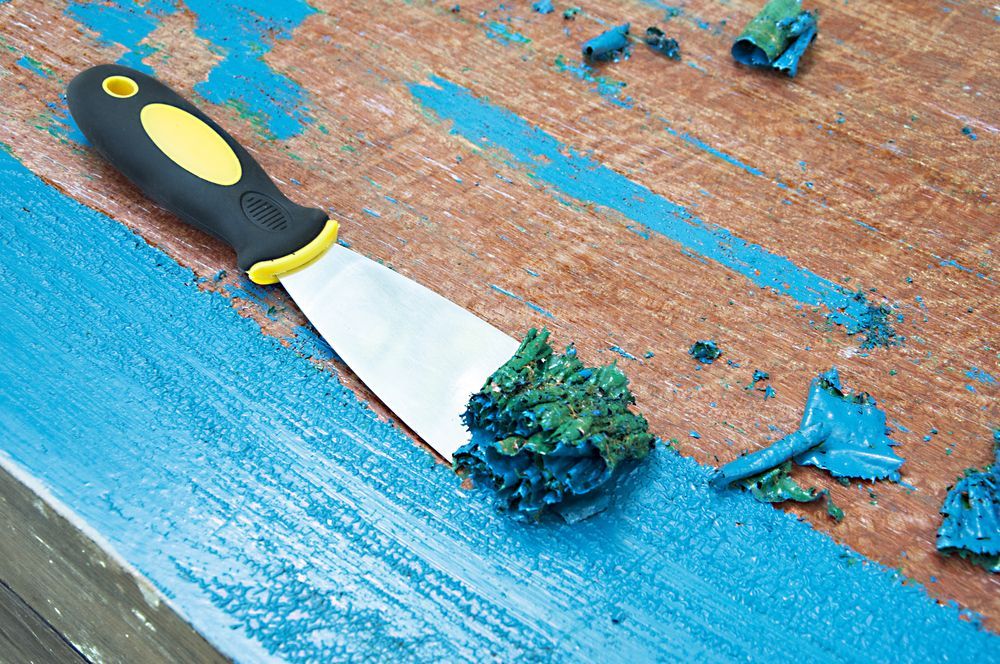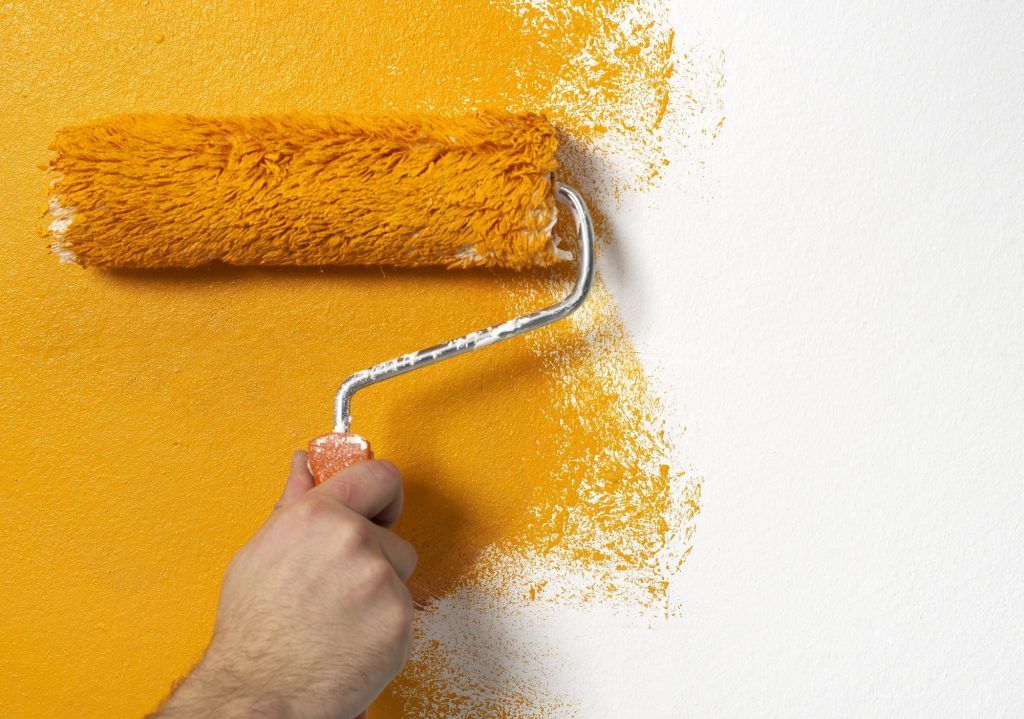How to Remove Paint from Wood

How to remove paint from wood is an adventure in throwing out bathwater (old paint), sans babies (wood). It’s also an example of a time that DuPont’s classic slogan, “better living through chemistry.” proves somewhat true.
In essence, the idea is to apply a paint remover for wood, wait for it to do its stuff, and come around behind it to clean up the constructive (or at least constructively destructive) mess that it made.
How to Remove Paint from Wood
If it’s affordable for you, the best way to remove paint from wood is to bring in a professional painting company. Why? Because the chemicals used in the process are inherently quite caustic, which is to say dangerous. If you must do it yourself, then you must do it outside or at least in a well-ventilated room. You’ll also want to wear some pretty beefy gloves, long sleeves, goggles, and maybe even a respirator.
Also, follow the manufacturer’s instructions exactly .
Broadly, the instructions will tell you to apply the paint remover, wait for somewhere around 20 minutes, and come back with a scraper to scrape both the paint and the paint remover off. Remember to bring something you can shake the paint and remover from the scraper into.
Types of Paint Remover for Wood
Most types of paint remover for wood contain methylene-chloride. This chemical is the main (but not the only) reason to do the work outside and wear protective equipment. But if you’re especially sensitive–or just like to spend your time around fewer poisons–you’ll want to look into what are called “ safe strippers ”.
These are solutions that don’t contain methylene-chloride but still get the job done, albeit more slowly and with more and harder work. They also tend to evaporate more quickly so it’s more important to work on one small section at a time and to cover your work with waxed paper during waiting periods.
How to Remove Paint From Wood Trim
Stop! All of the above is not how to remove paint from wood trim.
If that’s what you’re after, use denatured alcohol instead of the methylene-chloride paint removers for wood that we discussed. Just get it on a rough rag and start rubbing. This works if the paint on the door jam is latex-based. If after a few minutes, you find that it’s not working, then you probably have oil-based paint. In that case, you’ll just have to attack it with sandpaper. Careful–don’t sand too hard or you’ll damage the wood.
Wrapping Up
Again, just call in a pro. It won’t be that expensive of a job and you’ll know it will be done thoroughly and safely. You can DIY the subsequent paint job if you’d like.
For the die-hard DIYers, pick up some caustic paint remover for wood, a scraper, and some steel wool and follow the instructions on the paint remover very carefully.
And for trim, go for denatured alcohol instead of paint remover and a heavy-duty rag instead of a scraper. When you’re ready to call in the professionals, contact us here!













